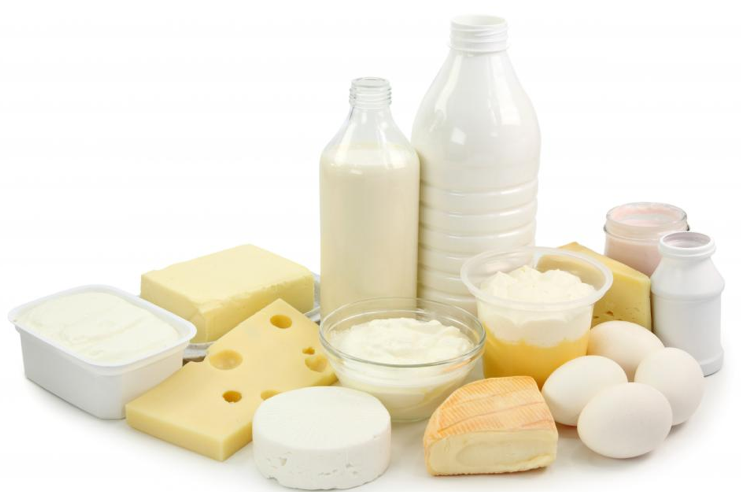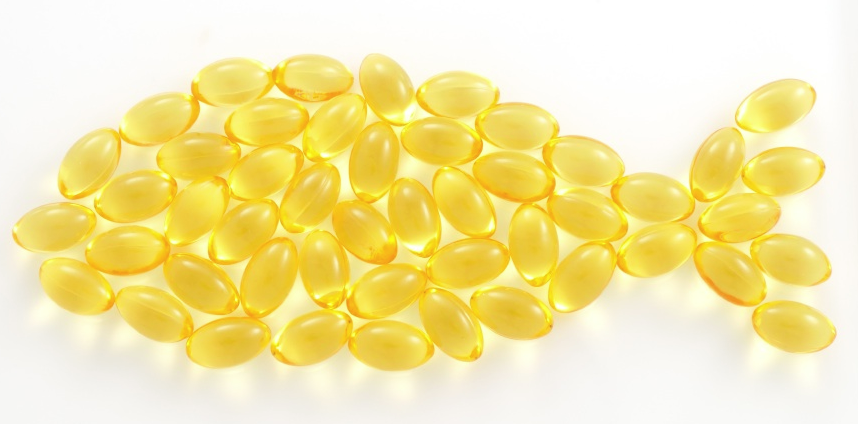
What about Milk Products?
(excerpt from Annemarie Colbin’s Food and Our Bones ISBN 0452278066 can be ordered through Grade A Notes)
It is common knowledge that milk products are a source of calcium, thanks to the relentless marketing of the dairy industry. They are also high in protein. In fact, the lower the fat, as in skim and fat free milk products, the higher the protein. For example, while a cup of whole milk has 8.03 grams of protein (and 4% fat, by the way), a cup of lowfat (2 %) milk has 8.12 grams, and a cup of skim milk (0%) has 8.35 grams.
The problem with milk proucts is that many people find them mucus producing, and allergies to these foods are extremely common. Colds and ear infections in children who are taken off milk, cheese, and ice cream often diminish or disappear. The consumption of milk products is associated with numerous health problems in women, including chronic vaginal discharges, acne, menstrual cramps, fibroids, chronic intestinal upsets, and benign breast conditions, as pointed out by Dr. Christiane Northrup in her book Women’s Bodies, Women’s Wisdom.
Eliminating dairy foods improves all these problems, as well as endometriosis pain, allergies, sinusitis, and recurrent yeast infections. Nursing mothers who consume a lot of milk products may provoke colic or cow’s milk allergy in their babies, some studies also find a correlation with juvenile diabetes and milk intake. Let’s remember a simple concept: milk normally goes out of the woman, it should not go in. When it goes in, it goes the wrong way.
While milk products are a natural and traditional food, in most traditional societies they are not part of the native diet. Therefore, most people in the world lose the activity of the lactase enzyme that digests lactose, and become what is known as “lactose intolerant”. This is in fact not a disease, but the normal state of adult mammals, the species to which we belong. Societies that continue using milk products into adulthood, such as the Norther Europeans, are only 2 percent lactose intolerant, while other societies that do not consume them, such as the Malays and Filipino, are as much as 98 percent lactose intolerant. The condition manifest as digestive disorders, stomachaches, bloating, gas, and diarrhea with consumption of milk products.
For all of these reasons, I do not generally consider dairy products a goodquality calcium source. Instead, we can get our calcium from the same place where the cows, the horses, and the elephants get theirs: green vegetables. And if you’re thinking “Well, I (or my kids) just don’t like vegetables,” that is precisely the issue: if you eat milk products you naturally don’t like vegetables.
Why not? Because milk is just vegetables that went through the cow. Your body knows you’ve already had them. Why should you have them twice? Both adults and children who don’t consume milk products like vegetables just fine.
If you are in a situation where there are few or no vegetables available, no seaweed, no parsley, no soups or stocks, then milk products would be necessary as a source of calcium, provided you are not allergic to them. If you decide to continue using caffeine or nightshades, a small amount of dairy is also appropriate. Among milk products, the most healthful are natural, fullfat whole milk (without added synthetic vitamin D), whole milk cheese, and yogurt from organically raised, hormone and antibiotic-free cows. Cultured and fermented milk products are the easiest to assimilate. On the other hand, skim or fat-free milk and cheese would be proportionately too high in protein, thus increasing the acid load and contributing to calcium loss. The natural butterfat, together with the calcium , buffers the acids it also helps absorb the protein better. There is a reason why nature puts all these nutrients together, and we are fools to think our technology can do a superior job in making this product healthier.
In the face of the propoganda pushing milk as a good source of calcium and therefore a preventative of osteoporosis, let’s remember that osteoporosis is more common in dairy consuming countries such as Northern Europe, Canada , and the United States. Not only that: An article in the June 1997 issue of the American Journal of Public Health found that, in a study of seventy-eight thousand nurses over twelve years, women who drank two or more glasses of milk a day were more likely to fracture a hip or forearm than those who drank milk only once a week or less. In other words, “purposeful behavior itself is often counterproductive” when we look at only a small part of the picture (calcium in this case) and lose sight of the whole (the context of milk drinking). If we remember that a bone high in calcium but low in the protein matrix is more likely to fracture, it seems to me that the admonition to keep piling up the calcium (out of context) could in fact be totally counterproductive.
Be especially attentive to how milk products affect the rest of your health, including allergies, colds, mucus conditions, skin outbreaks, digestive disorders, and overweight. Because I have seen so many people who got rid of these conditions when they eliminated milk products, I believe that on the whole most people are better off without using them regularly. For that reason, you will find almost none in the recipe section, except for butter, ghee, and a little Parmesan. If you like to consume milk products more regularly, or use them in your cooking, make sure that they are from healthy cows fed healthy foods, unpasteurized, not homogenized, and with no added vitamins.
Organic butter from cows that graze on green grass is naturally high in vitamins A and D, and therefore appropriate as a condiment when available.

Strengthening Bones: The Natural Approach
Best food choices: organically grown or raised, fresh, natural, unrefined foods including whole grains, beans, fresh vegetables, fruits, nuts, seeds, and small amounts of animal foods. Emphasize dark leafy greens, carrots, yams, cruciferous vegetables (broccoli, cabbage, celery).
Include: sea vegetables, filtered or spring water.
Calcium-mineral boosters: plant foods, stocks made from bones, healthy fats, small whole fish with bones, canned salmon and sardines with bones, chewing on chicken bones, 15 or 20 minuts of exposure to sunlight three times per week or more.
Healthful fats: modest amounts of extra virgin olive oil, flaxseed oil, unrefined sesame and sunflower oils, traditional coconut and palm oils, organic butter from healthy cows, fish oils. They help the body retain vitamin D, prevent calcium from being excreted in urine. Good quality saturated fats prevent free radical damage of bones.
Best types of exercise: walking, weight bearing, yoga, TaiChi— three or more times per week.
Non-Dairy Sources of Calcium*
Food … Milligrams Calcium per 100 grams (3.5 oz.)
Vegetables
-
Beet greens, cooked … 118
-
Broccoli, cooked or raw … 130
-
Chard, cooked … 73
-
Dandelion greens, boiled, drained … 187
-
Kidney beans, cooked … 40
-
Okra, cooked … 82
-
Parsley … 203
-
Parsnips, cooked … 57
-
Rutabaga, cooked 55
-
Turnip greens, boiled, drained … 184
-
Turnips, cooked … 40
-
Watercress 151
Seeds
-
Almonds … 254
-
Brazil nuts … 186
-
Peanuts, roasted … 74
-
Raisins … 62
-
Sesame seeds (Tahini) … 1,160
-
Walnuts, roasted … 83
Seaweeds
-
Agar … 567
-
Dulse … 296
-
Hiziki … 1,400
-
Kelp … 1,093
-
Kombu … 800
-
Wakame … 1,300
For Comparison
-
Canned Salmon, with bones … 200-250
-
Canned Sardines, with bones … 300-437
-
Carrots, cooked … 33
-
Cheddar Cheese … 750
-
Cottage Cheese … 94
-
Milk, Cow’s … 118
-
Milk, Human … 33
-
Swiss Cheese (Emmenthaler) … 925
*Sources: Benjamin T. Barton, Human Nutrition, USDA Handbook No. 8, and Michio Kushi, The
Book of Macrobiotics. Taken from Annemarie Colbin’s Food and Healing . ISBN 0345303857



